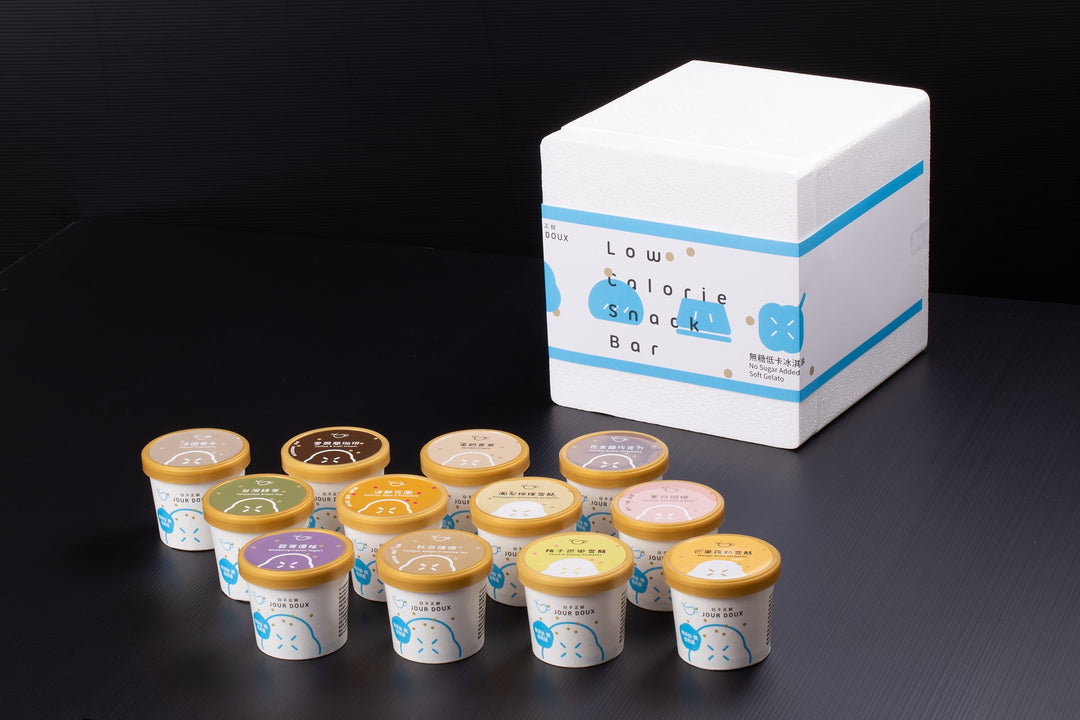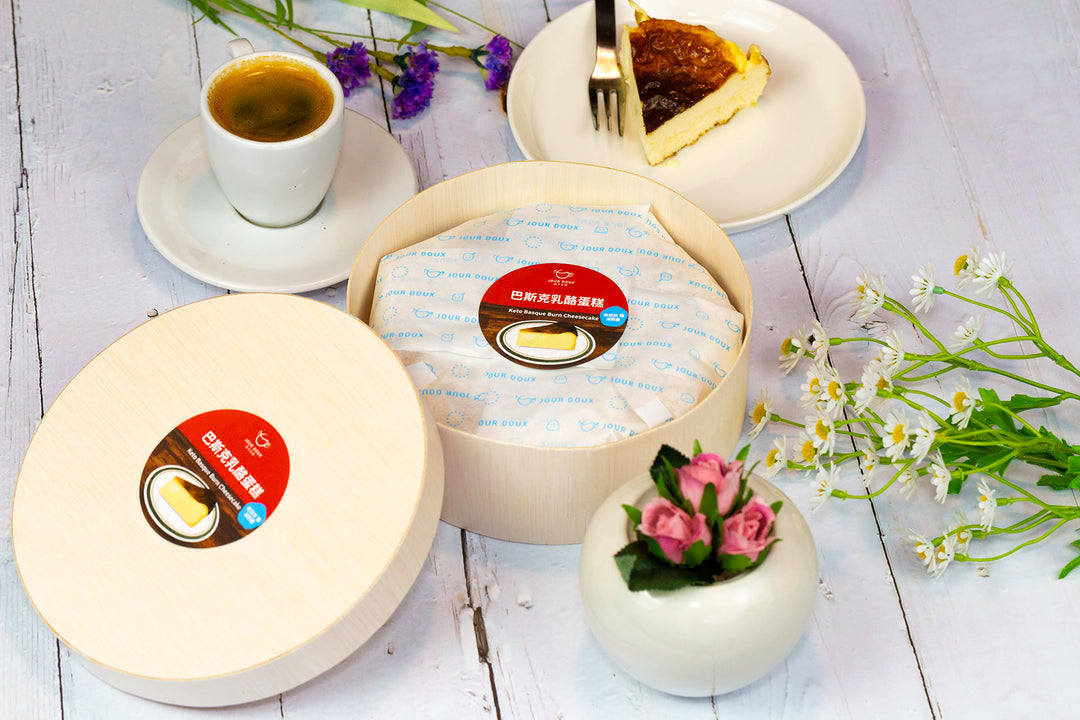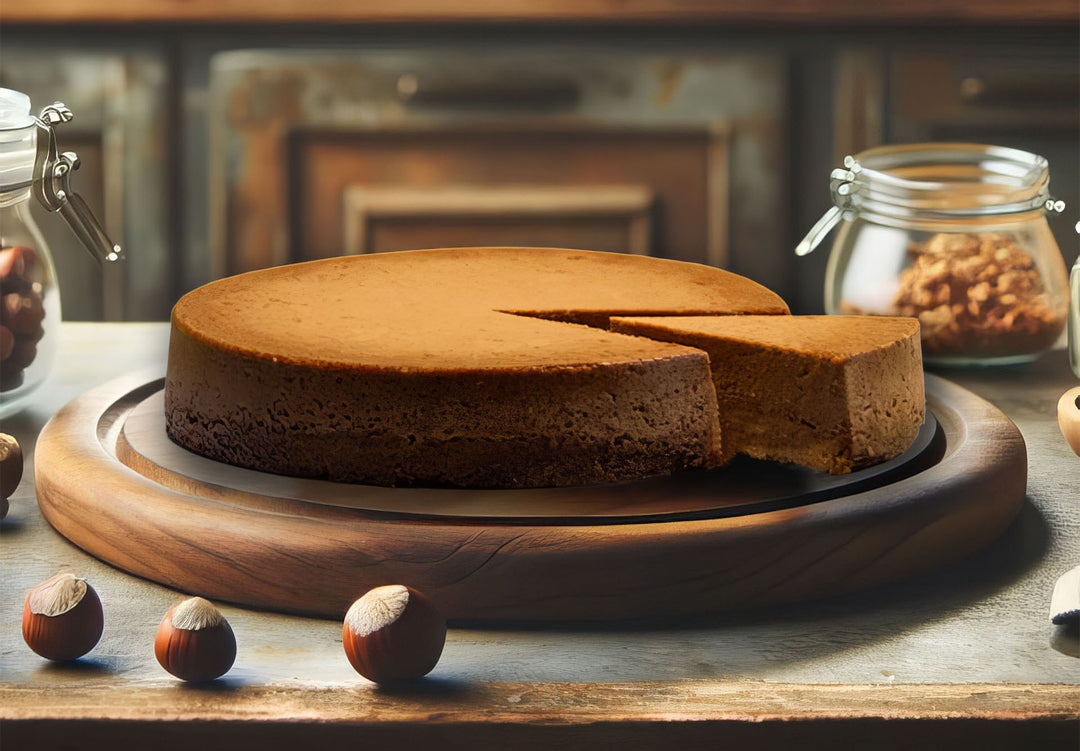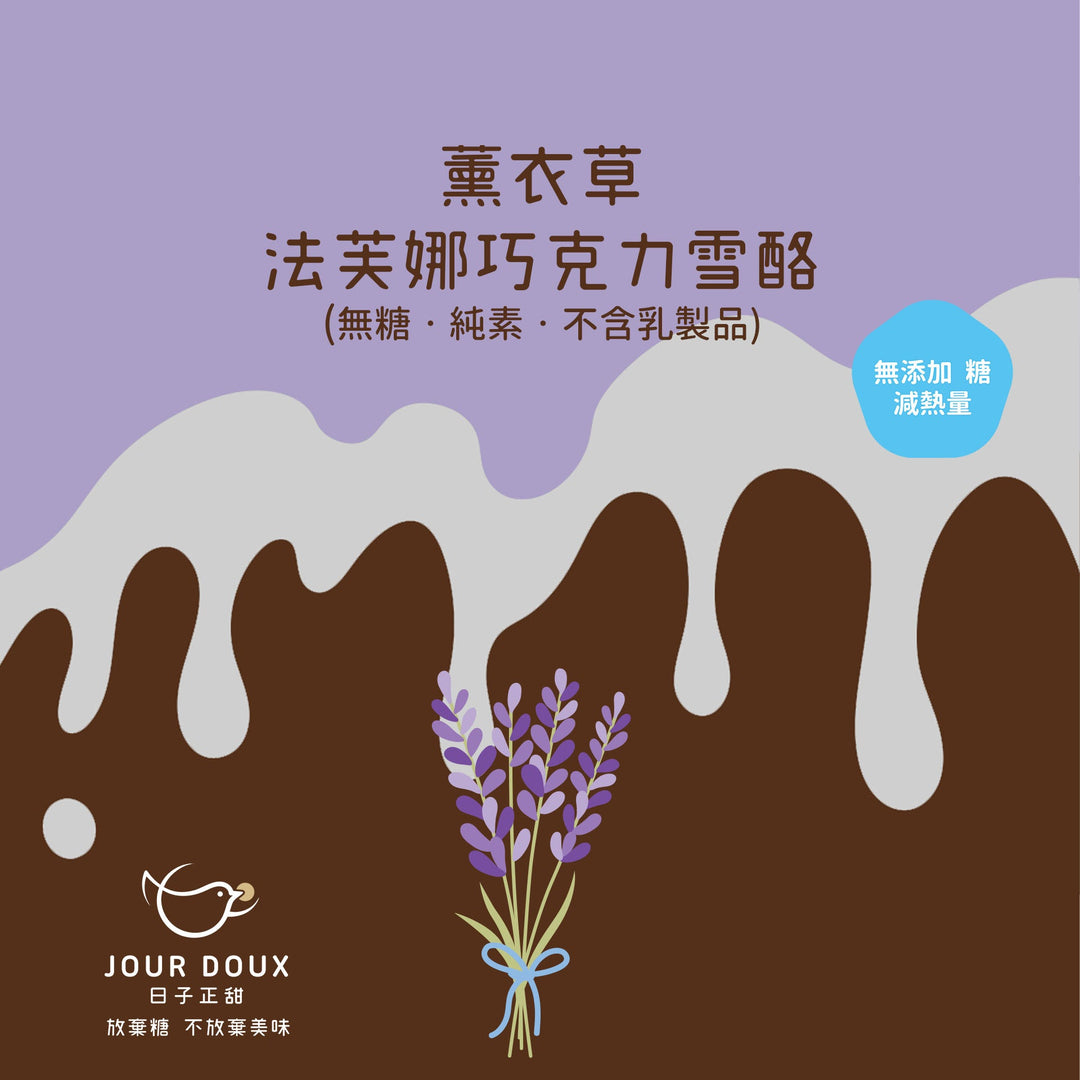Scientific Management of Plant Growth
I usually grow flowers and grass at home, and I often feel strange in my heart. Why do I take the plants that are full of life in the flower market home and plant them for a few days, and then become dejected? What is the secret to planting flowers? Are you ready? In fact, taking care of plants is easier than taking care of pets. As long as you understand the growth habits of various plants and use scientific methods to control and manage the growth environment of plants, the plants will grow thriving and full of flowers.
Sunlight
Horticultural plants are divided into three categories: full sun, half sun and shade tolerance according to the plant's own demand for sunlight. Plants in full sun need at least 6 hours of sunlight a day, and most flowering plants are in full sun and need sunlight to promote flower bud differentiation. If there is not enough sunlight, the plants may not bloom and the branches and leaves will grow up to look for sunlight. Semi-sun plants such as camellias also need to be exposed to the sun, but the intensity or duration of sunlight is not as much as that of full-sun plants. If they absorb too much sunlight, the leaves of the plants may be sunburned or even dry. Shade-tolerant plants are common indoor foliage plants, as long as there is a little light, they do not need direct sunlight. But in a completely dark environment (such as when the curtains are drawn), the plant cannot photosynthesize or survive.

Usually, in the flower market, where the plants are placed in the store, you can know whether the plant is full-sun, half-sun or shade-tolerant plants. Those placed in the outermost open-air position are all under full sun. These flowers are not easy to survive if they are bought and planted on balconies without direct sunlight all day long in the city (balconies facing south in the northern hemisphere have a better chance of direct sunlight all day long), so this environment It is best to choose semi-sun plants such as gloxinia, etc. Usually, the store will place them in a place with shade between indoors and outdoors. The plants placed in the store are shade-tolerant plants, and these plants can be bought and planted next to the windows of your home or office. If you are not sure about the sunlight intensity of your garden location, you can buy a lux meter to measure and record the different illuminance data of the location during the day.
Air
The main variables of air to plants are temperature and humidity. It is often said that plants can only grow well in a ventilated environment. The reason is that the flow of air can reduce the temperature of plants and soil humidity. Each plant has its suitable temperature zone for growth. For example, the US Department of Agriculture divides the continental United States into 1-13 plant growth zones (USDA Plant Hardiness Zone) based on temperature, and classifies each plant into its suitable growth zone. In which one or several temperature ranges. When we plant plants in an environment that is too cold or too hot, they will definitely grow poorly, fail to bloom and bear fruit, and even fall leaves and wither. When the ventilation is insufficient, it is also easy to cause the water in the soil medium to be unable to evaporate and the humidity is too high, causing the roots to be unable to breathe and rot, resulting in the wilting of the plants. In a professional greenhouse, temperature and humidity meters must be used to monitor the growth environment of plants, and facilities such as water wall fans are used to maintain ventilation and control the growth environment of plants within a predetermined temperature and humidity range, so that plants can grow well. 
moisture
The open-field plants directly planted in the soil contain more water because of the deeper soil, the roots of the plants can stretch freely, and the water will penetrate into the ground when there is a lot of rainfall. However, potted plants are limited by the size of the flowerpot container. Due to the limited water content and drainage capacity of the soil medium, the roots of the plant can only hover in the container, so the soil humidity is relatively difficult to control: if you forget to water one day, the leaves will start to turn yellow. Falling; it rained continuously for several days, and the leaves turned yellow and fell. When it is too dry, the leaves start to wither from the tip of the leaf, and when it is too wet, the leaves begin to wither from the petiole. In addition, the temperature, rainfall, and the angle and length of sunlight are different throughout the year, and the metabolic stages of plants are also different in each season. The amount of water required for each solar term must be adjusted according to the climate and plant conditions at that time. . So my bonsai teacher said that when he was apprenticed to a teacher, he learned watering for three years. 
In a professional greenhouse, a hygrometer is placed in the soil medium of the plant to detect and record the humidity of the soil at any time, and adjust the amount of water sprayed into the plant soil medium by drip irrigation according to the measured humidity at that time. If you have a simple automatic watering system at home, it is best to purchase a soil moisture detector to stop watering when the soil moisture is too high to avoid root rot. A simpler method than using a moisture sensor is to insert your finger into the soil before watering to feel the soil moisture. If it feels wet (such as washed rice), you should not water it again. If there is no watering and the humidity does not dry out, it is necessary to check whether the drain hole under the flower pot is blocked. It is also possible that the root system of the plant has grown too densely and needs to be replaced. Watering is only required if the soil feels dry to your fingers (like unwashed rice, for example). The amount of watering needs to make the soil in the pot fully moist until the excess water flows out from the weep hole.
fertilizer
With different attributes and growth cycles, plants have different requirements for the three major elements of nitrogen, phosphorus, and potassium or other trace elements. Plants that are properly fertilized will definitely grow more colorful than plants that are not fertilized at all or improperly fertilized. When choosing fertilizers, you can ask the flower market operator about the plant name and the recommended fertilization method when purchasing, or use the plant name to search online. In principle, fertilization adopts the principle of "thin fertilizer and frequent application". For busy modern people, if they don't have much time to manage the garden, the best way to fertilize is to choose granular long-acting organic fertilizer or chemical fertilizer. Put it on the surface of the soil, dissolve a part of the fertilizer into the soil medium every time you water, and it will take more than two to three months for the fertilizer to completely dissolve to avoid damage to the plants caused by excessive fertilization.
The main cause of fat injury is that excessive inorganic chemical fertilizer components are dissolved in the soil, which causes damage to plant roots. How to measure the fertilizer concentration in the soil? Growers use conductivity meters to measure the electrical conductivity, or EC value, of soil. The higher the concentration of inorganic chemical ions in the soil, the higher the electrical conductivity, so the higher the EC value. In addition, when the concentration of chemical or organic fertilizers is too high, it can also affect the acid-base value of the soil, or pH value. We can also use a special pH meter for agriculture to detect the pH in the soil medium. The lower the pH value, the higher the acidity of the soil; the higher the pH value, the higher the alkalinity of the soil. The EC value and pH value applicable to various soil media and various plants are different. We can check the EC value and pH value parameters applicable to specific plants on the Internet, and then adjust the soil media to the above parameter range by physical or chemical methods. Plants Growing in the most handy soil environment, it will naturally thrive.











Leave a comment